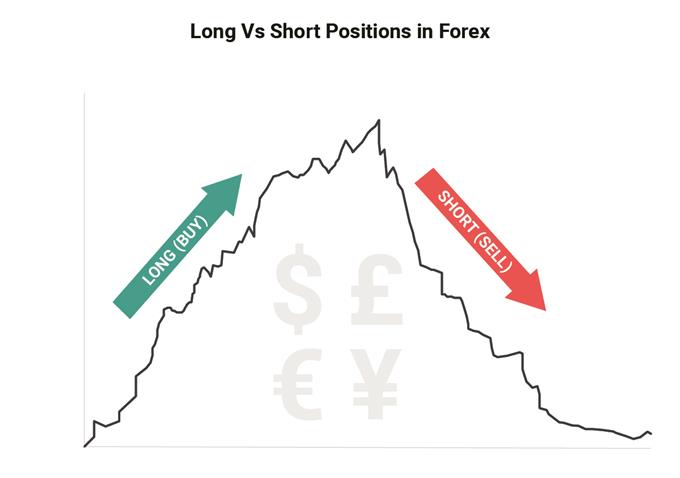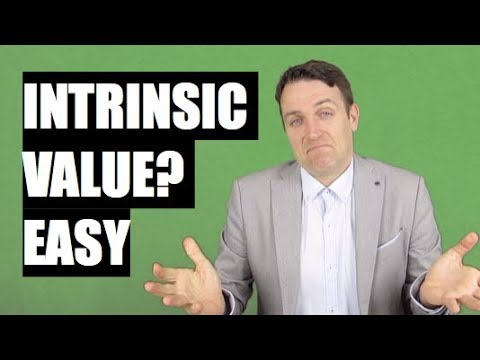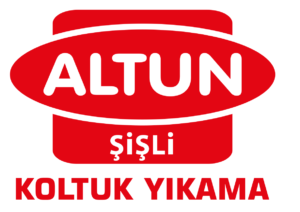Whats the Difference Between a Résumé and a CV?

This means, for instance, that a Ph.D. precedes an undergraduate degree. The same is true of professional experience, as one’s most recent position is presented before a previous one. An alternative layout, however, allows the job seeker to highlight relevant skills and experience by organizing information according to job description rather than chronologically.
In conclusion, a well-crafted CV is a crucial tool to showcase one’s qualifications, experience, and achievements to potential employers. Presenting a clean and professional CV and tailoring it to the job description can increase the chances of landing an interview and ultimately, their dream job. It’s important to keep in mind the differences between a CV and a resume and to use the appropriate document depending on the industry and job being applied for. A strong CV leaves a powerful impression on recruiters and makes the job seeker stand out in the crowd. While it is unclear who invented the resume, Leonardo is the first recorded person to use one.
Don’t miss out on exclusive stories that will supercharge your career!
A CV is generally two to four pages in length, depending on the context. Both curriculum and curricula are accepted as plural forms of the compound noun. Like a résumé, a curriculum vitae is a summary of work experience and other background information that might be relevant to someone reading a job or school application. A CV is more likely to be asked for in academia than at your average, run-of-the-mill job in the United States. It also typically refers to a much more detailed summary—describing published papers and awards under a job or education heading rather than only listing a title and short description of duties, for instance.
In 2003 LinkedIn.com was launched, which allowed users to post their resume and skills online. It has become a key tool for professionals to network and gain employment. The internet also brought us resume help websites like Optimal Resume, which can help professionals write effective resumes. By 2010 virtual portfolios were used in conjunction with resumes. Many employers, and recruitment agencies working on their behalf, insist on receiving résumés in a particular file format. Some require Microsoft Word documents, while others will only accept résumés formatted in HTML, PDF, or plain ASCII text sometimes.
To expand on what Eva says, what you put on a resume depends on the job you’re applying for and your relevant professional background. A strong resume communicates your qualifications and sets you up for career success. Here’s a full breakdown of what a resume is, why resumes are important for job seekers, and what makes each type of resume unique. As with anything else in communication, it’s important to know your audience.
Advantages of having a professional resume
Zety is a career site fueled by the best career experts and a community of millions of readers yearly. We share knowledge, tips, and tools to help everyone find their dream job. When you’re done, Zety’s resume builder will score your resume and our resume checker will tell you exactly how to make it better. When making a resume in our builder, drag & drop bullet points, skills, and auto-fill the boring stuff.

That mark over the E in résumé is called an acute accent and signals that it should be pronounced like “ey.” Accent marks also distinguish two different words that are otherwise homographs. The definition is pretty straightforward, but it can get a little more complicated very fast. Resume is also a spelling variant of résumé when the accent marks are dropped (more on that later).
What’s the purpose of a resume?
One source claims that a traveling English lord coined the term when he called his letter of introduction a resume. Another source asserts that the term developed over time within the English skilled artisan and labor guilds of the Middle Ages. The English guilds were made up of individuals with specific skills and expertise, and a resume was an easy way to highlight their experience. Their wealthy patrons found the resume an easy way to hire artisans based on their particular qualifications. The complexity or simplicity of various résumé formats tends to produce results varying from person to person, for the occupation, and the industry.
- It goes without saying that resumes these days are delivered as email attachments or uploaded for an online application, not printed out and mailed.
- The reverse chronological résumé works to build credibility through experience gained, while illustrating career growth over time and filling all gaps in a career trajectory.
- The CV can take many forms from a simple list presented to a hiring agent to an online form.
- Your introduction can be in the form of a resume summary or resume objective.
It should be systematically arranged so that a proper sketch about an individual’s career can be drawn. With all of this information, a hiring employer can get a snapshot of an applicant’s skills, experience, and personal life. Although it’s not enough to understand a person completely, a properly written CV can convince an employer that a candidate is right for a job. A resume is almost always required for applicants to office jobs. They are the first step taken by corporate recruiters and hiring managers to identify candidates who might be invited to interview for a position. The chronological resume format is the most common type of resume used by job seekers today, and is suitable for candidates with various experience levels.
Lack of Standard CV Form
A résumé is a marketing document in which the content should be adapted to suit each individual job application or applications aimed at a particular industry. In late 2002, job seekers and students started making interactive résumés such as résumés having links, clickable phone numbers and email addresses. It is usually, therefore, more sensible to optimize the résumé for each position applied for and its keywords. In today’s competitive job market, a resume serves as a crucial tool for job seekers. Today’s resumes are typically limited to one or two pages, highlighting the experiences and qualifications that are most relevant to the desired position.
It’s preferred by professionals who want to draw attention away from their traditional work experience, such as those who are changing careers or have significant gaps in their work history. Many job seekers wrongly assume their resume should provide a full overview of their professional history. In fact, many hiring managers only spend a few seconds going over a resume before deciding whether they want to learn more about a candidate. There are varying accounts of where the modernized term “resume” originated.
These Twin Cities Artisans Want You to Think About Pasta Differently – Racket
These Twin Cities Artisans Want You to Think About Pasta Differently.
Posted: Tue, 08 Aug 2023 16:03:00 GMT [source]
A resume (or “CV” outside of the US) is a formal document that provides an overview of your professional qualifications, including your relevant work experience, skills, education, and notable accomplishments. Resume distribution was revolutionized in the 1990s by the internet. The resume took a digital turn as many job applicants started sharing resume is derived from their resumes online through the use of online job boards. CareerBuilder and Monster.com were founded and became popular with the public. People now had a way to publicize their resume without taking an ad out in the newspaper. Job seekers could upload their resumes online, increasing their visibility and potential matches for job opportunities.
What is a good resume?
Résumé parsers may correctly interpret some parts of the content of the résumé but not other parts. The best résumé parsers capture a high percentage of information regarding location, names, titles, but are less accurate with skills, industries and other less structured or rapidly changing data. Résumés written in a standard format are more likely to be correctly interpreted by résumé parsers, and thereby may make the candidate more findable. A BIO-DATA is the outdated term for Resume or C.V, it is the short form for Biographical Data. Bio-data emphasizes on personal information such as date of birth, religion, sex, ethnicity, nationality, residency, marital status, and so on rather than on professional information.
How to Use Blue Sky Thinking to Grow Your Career – Money Talks News
How to Use Blue Sky Thinking to Grow Your Career.
Posted: Sat, 05 Aug 2023 07:25:59 GMT [source]
In many cases, companies, schools, or other institutions that are recruiting new employees are clear about which type of document they prefer, eliminating much of the guesswork for applicants. Moreover, a basic clean font like Arial or Times New Roman must be used. The font must be kept between 10 and 12 to make the CV appear more professional. Lastly, ensure that the CV is easy to read and follow by using a legible, sans-serif font between 10 and 11 points and by keeping its format clean and simple without detail or decor. In the spellings ‘résumé’ and ‘resumé’, an acute accent is used. If the accent is not placed right or an incorrect accent is used, it can change the meaning or sound of the word.
Why is résumé spelled that way?
In 1482 Leonardo da Vinci wrote a letter to the Duke of Milan in an attempt to gain his patronage and support. Da Vinci’s letter listed focused on the skills and experience that would most benefit the Duke and address his current needs, the same thing we all do in the modern world to our potential employers. Little did Da Vinci know that he was starting a process that would continue on into today and become an integral part of the hiring process. The word résumé is derived from the French word résumer, which means “to summarize”. A resume is a document that summarizes an individual’s qualifications and experiences, and has been an integral part of the recruitment process for centuries. From its early origins to its evolution in the 20th century and its current state in the digital era, the resume has played a significant role in job applications.

Historically speaking, the English language has not been consistent with the usage of accents. Accents are not just phonetically essential, but can also change the meaning of the word. Finding the best candidates in a competitive hiring market can be challenging.
